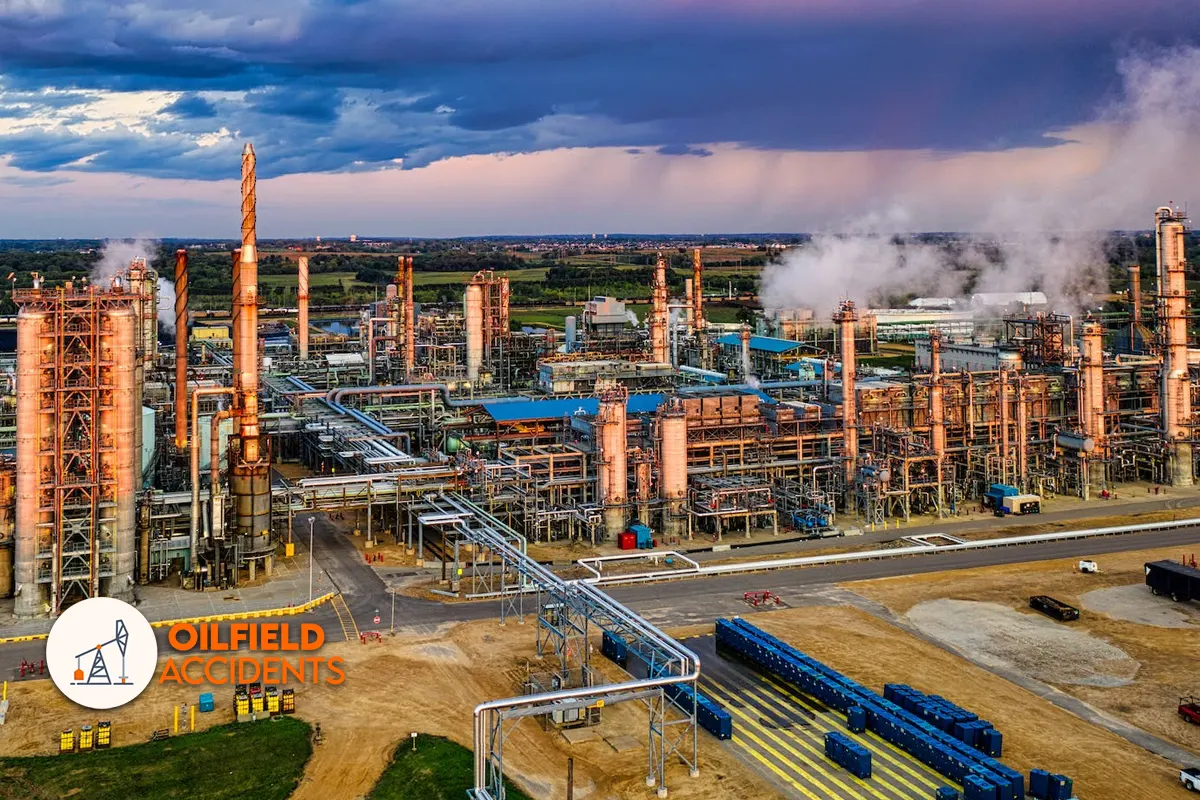The oil industry accounts for an average of 42% of the world economy. In addition to being used as fuel, most of the tools and equipment used in daily life are made of oil.
Oil fields are therefore very important. Oil field workers work under difficult conditions. Although technology has advanced, manpower is very important in oil fields as in every field.
The working principles of oil fields consist of 7 main headings. Each of the stages has an important role in oil production.
Oil Field Working Stages
Discovery
Before drilling begins, extensive geological and geophysical studies are conducted to identify potential oil-bearing formations. Geologists analyze surface features, rock outcrops and existing well data to determine the likelihood of finding oil. Geophysicists use seismic surveys, which send sound waves underground and measure the reflections to create a map of underground rock formations. This helps to identify areas where potential oil deposits are located.
Drilling
Once a suitable location is identified, drilling rigs are brought in to create a wellbore. The drilling process involves rotating a drill bit attached to a drill string, which is a series of interconnected pipes. The drill bit cuts through various layers of rock and sediment to reach the oil-bearing formation. As drilling progresses, sections of steel pipe called casing are inserted into the well to ensure structural integrity and prevent the well from collapsing.
Completion
Once the target depth is reached, the well is completed to facilitate oil production. This includes the installation of production equipment such as casing, tubing and wellhead. The casing is cemented in place to isolate the well from surrounding formations and prevent fluid migration. Tubing is placed inside the casing to provide a conduit for oil and gas to flow to the surface. The wellhead is the surface device that controls the flow of fluids and provides a connection point for production equipment.
Production
After the well is completed, production equipment is installed. This equipment includes pumps, separators and storage tanks. Pumps are used to bring oil to the surface, especially when reservoir pressure is insufficient. Separators are used to separate oil, gas and water that may be produced along with the oil. Storage tanks are used to temporarily store the produced oil before transportation.
Transportation
Extracted oil is transported from the oil field to refineries or storage facilities. This can be done through pipelines, tankers or trucks. Pipelines are the most common method for long-distance transportation because they provide a cost-effective and efficient means of transporting large volumes of oil. Tankers and trucks are used for shorter distances or when pipeline infrastructure is not available.
Secondary Recovery
In some cases, additional techniques are used to enhance oil recovery from the reservoir. This is known as secondary recovery or enhanced oil recovery (EOR). Common methods include water injection, where water is injected into the reservoir to maintain pressure and displace oil, and gas injection, where gases such as carbon dioxide or natural gas are injected to increase oil displacement.
Maintenance
Regular maintenance and monitoring of wells and equipment is essential to ensure efficient and safe operation. This includes routine inspections, equipment maintenance and addressing problems that may arise. Monitoring techniques such as well testing, pressure measurement and production data analysis are used to optimize production and identify potential problems.
Apart from the 7 stages we have written above, there are of course many more stages.
It is important to note that the specific processes and technologies used in an oilfield can vary depending on factors such as reservoir type (conventional or unconventional), depth and location.
In addition, environmental and safety considerations are paramount in oilfield operations and industry regulations and best practices are followed to minimize environmental impact and ensure worker safety.

